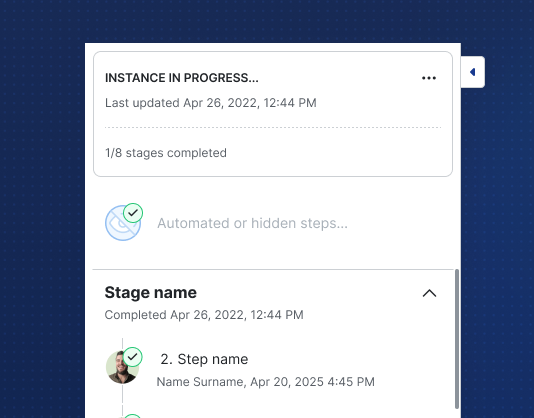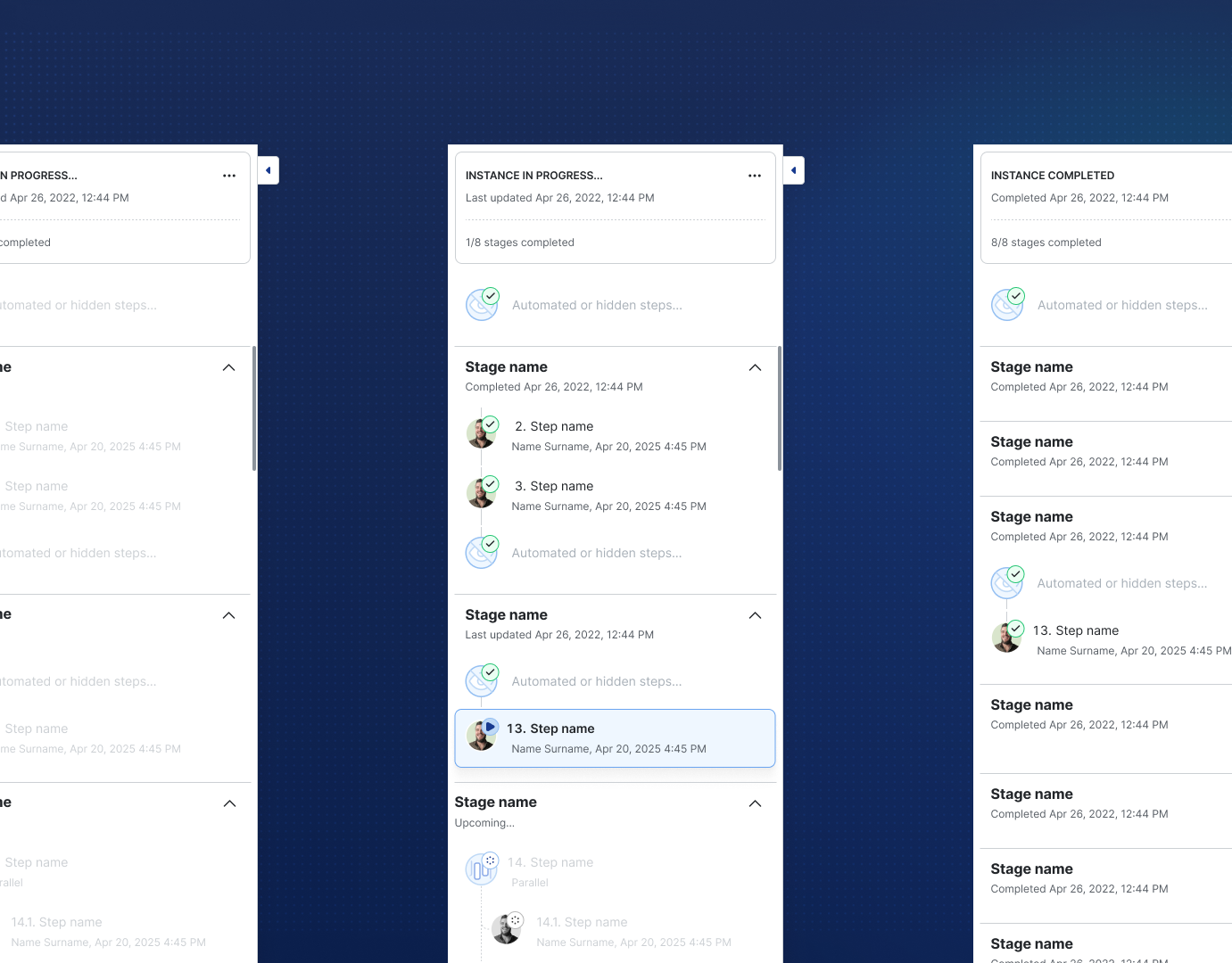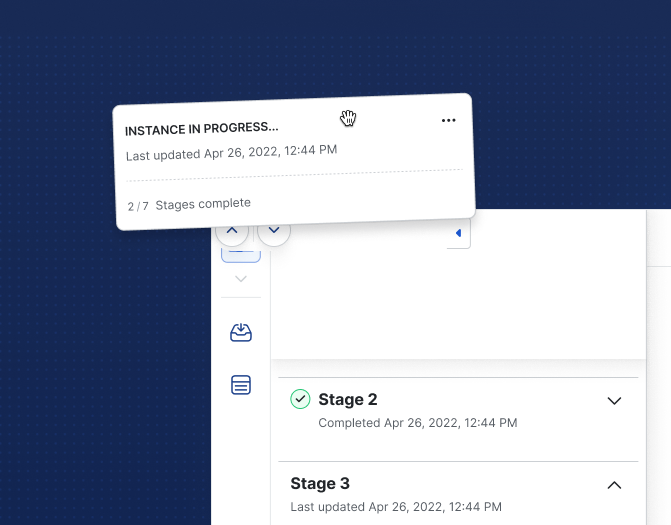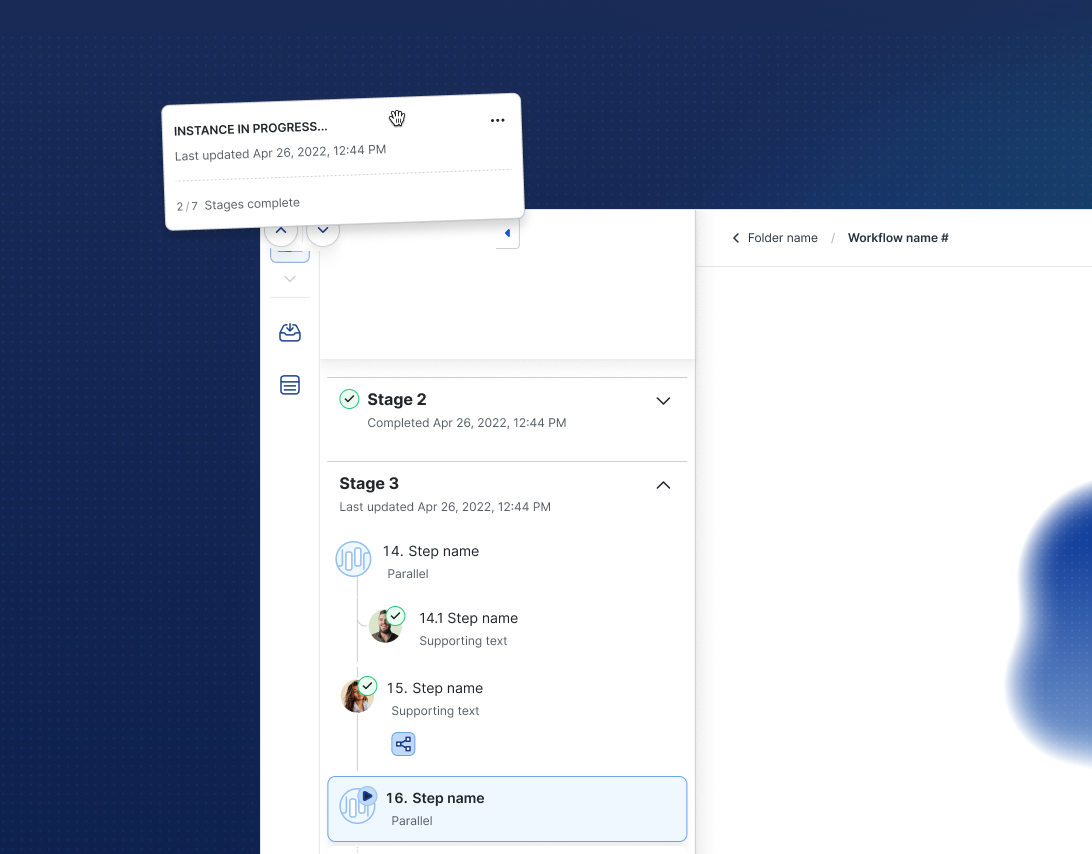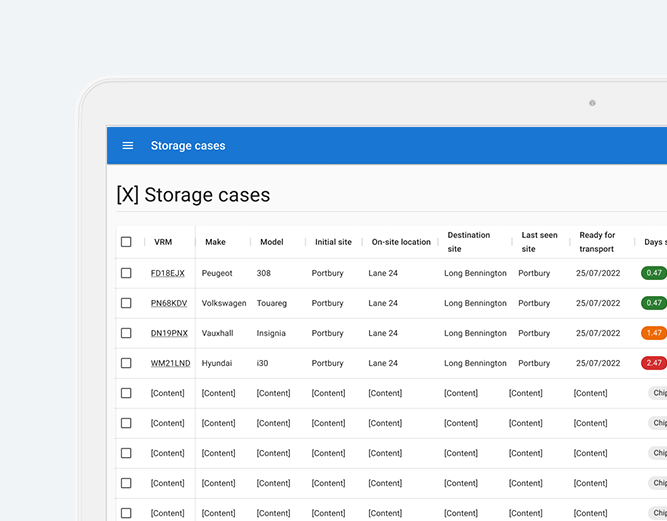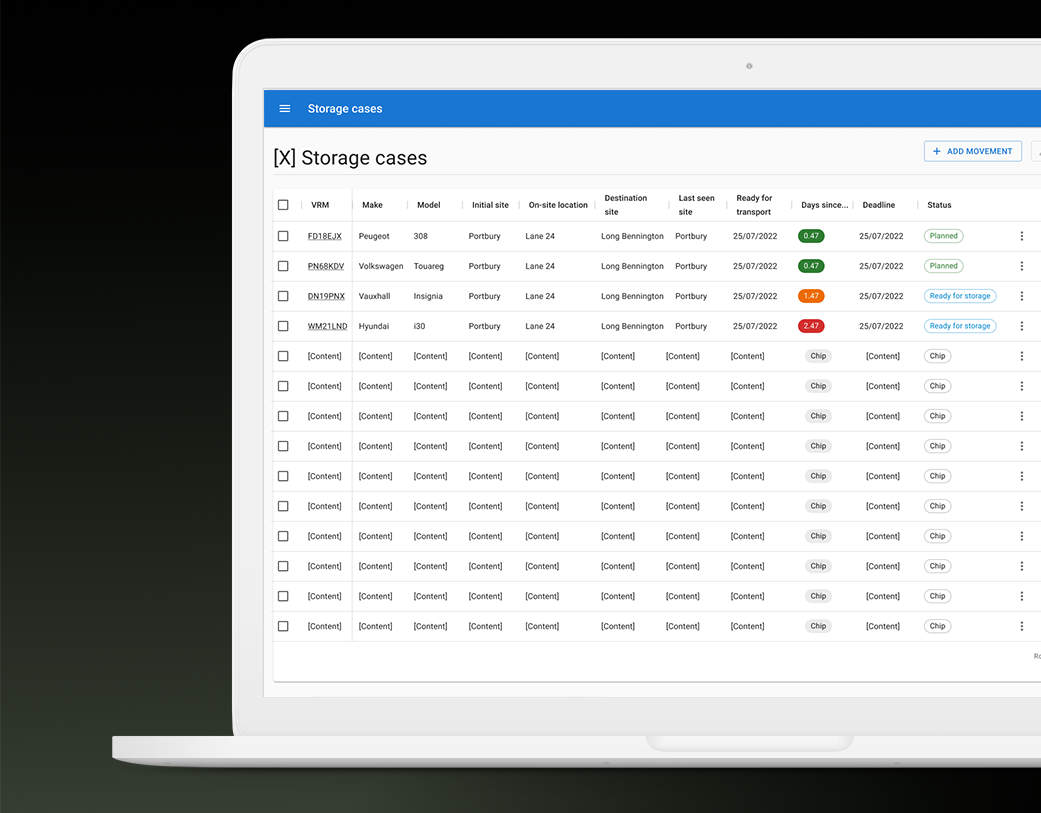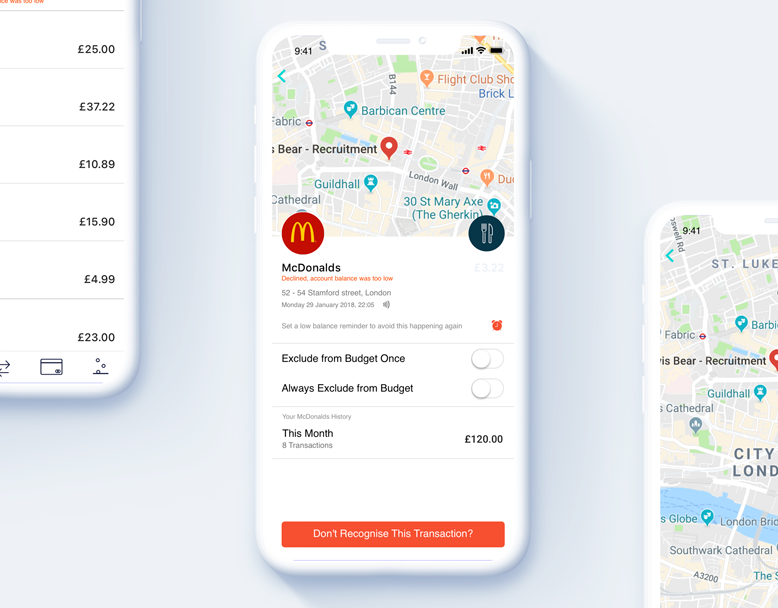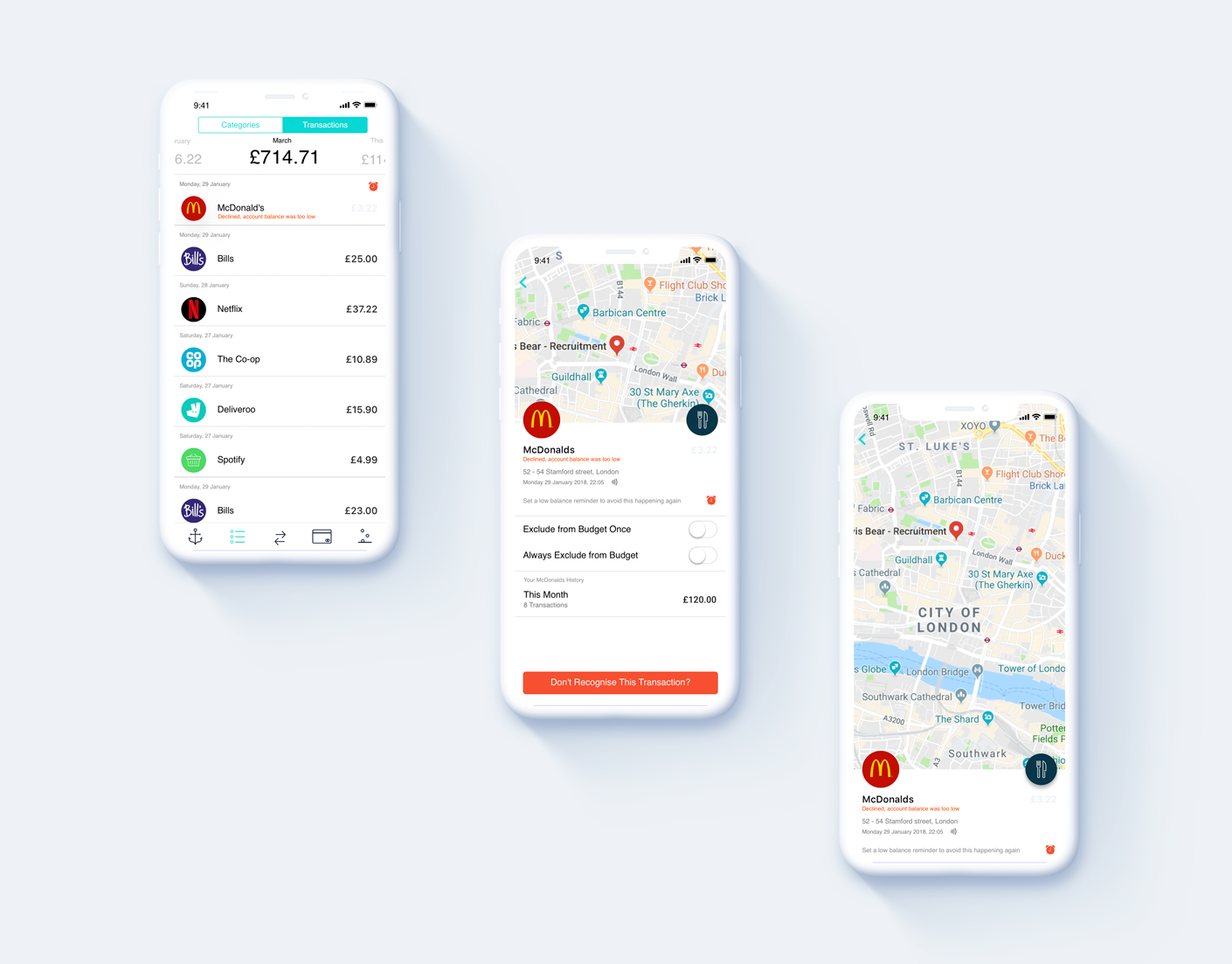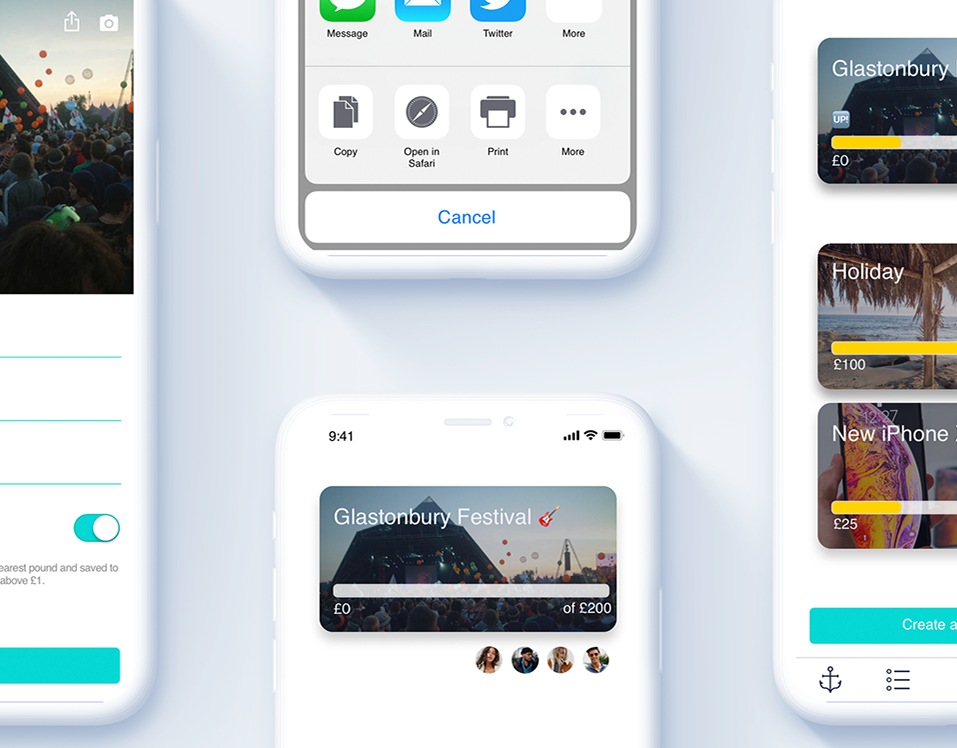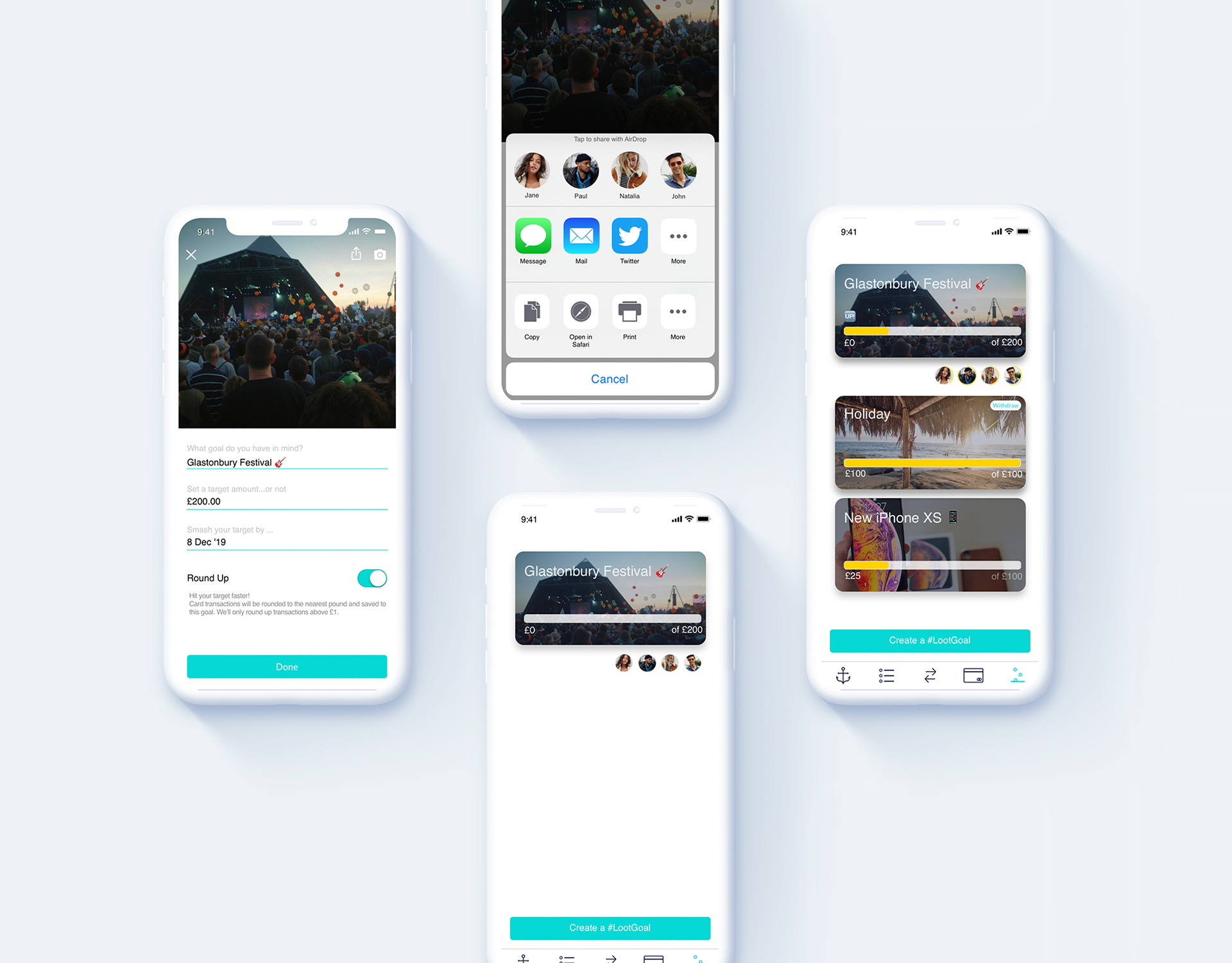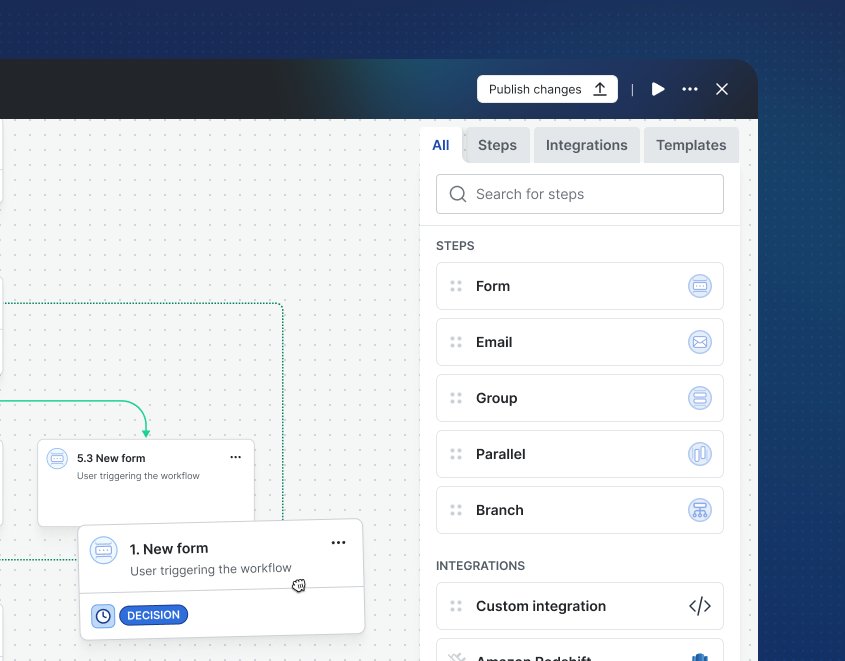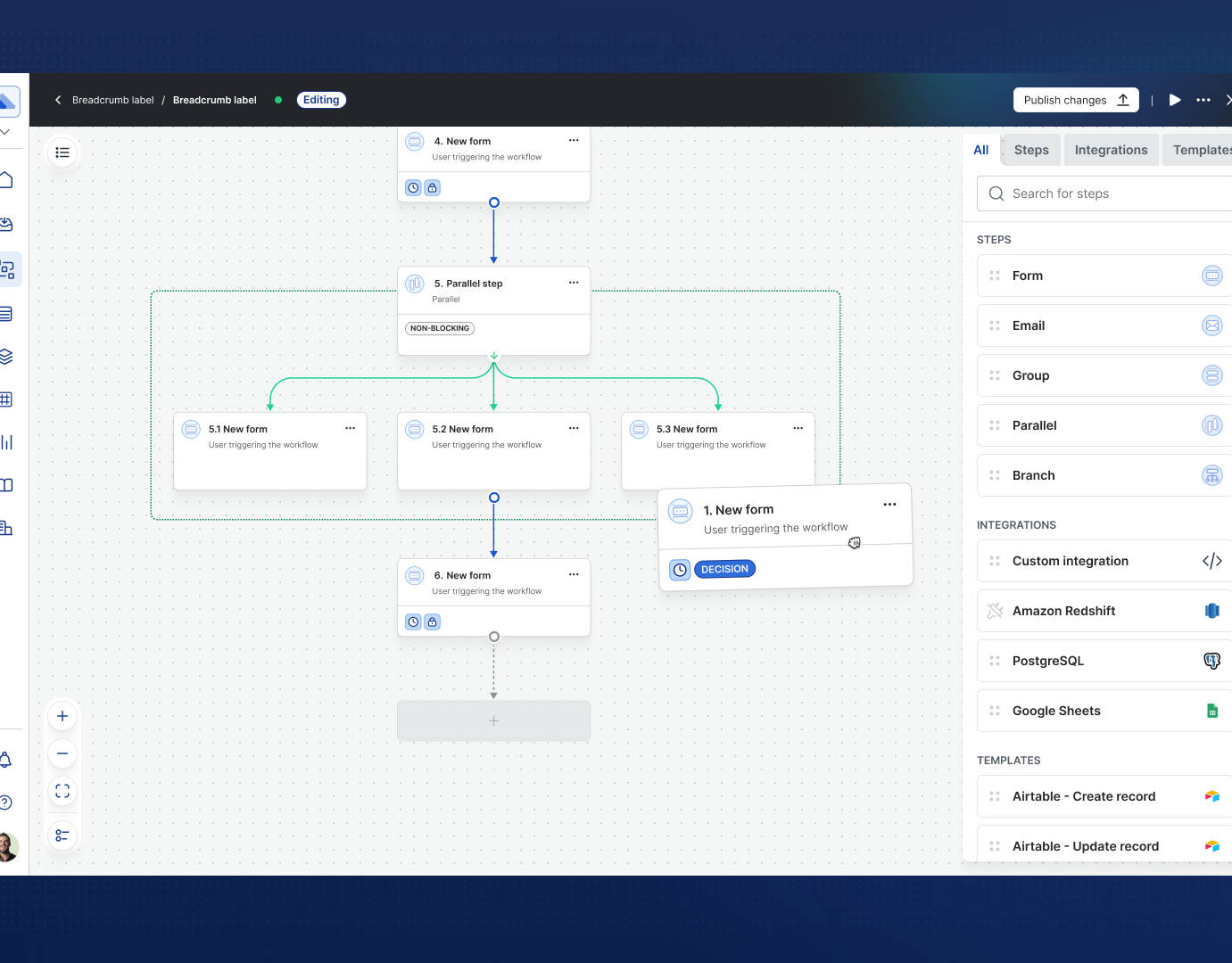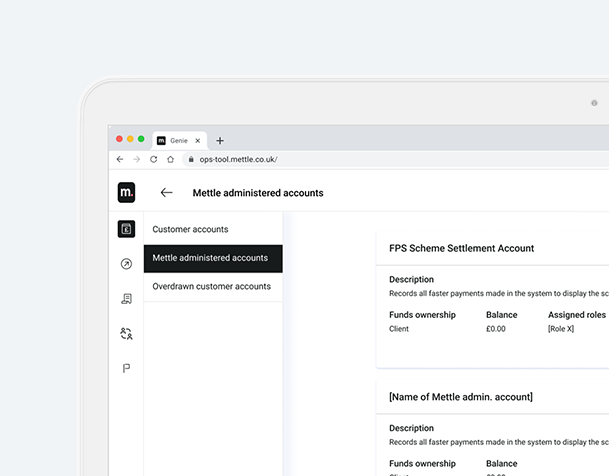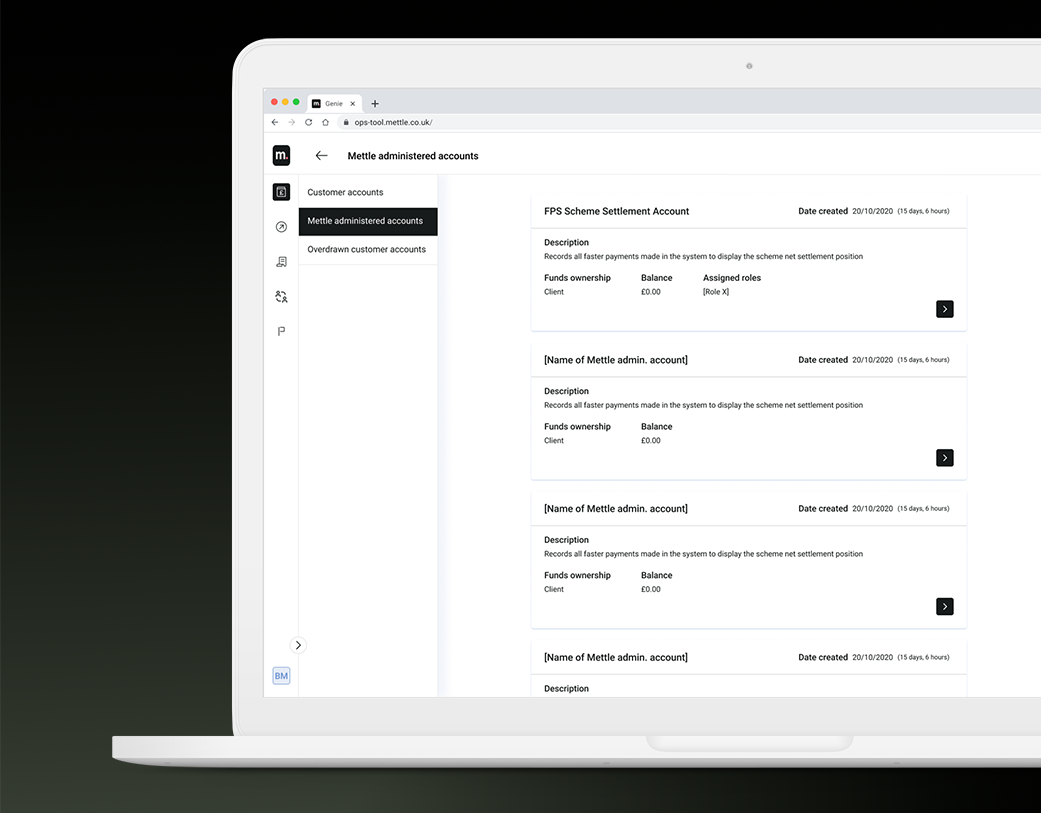2️⃣ Typically, when a customer or business sets up a new payee or amends an existing payee’s details, Confirmation of Payee will enable them to confirm whether the details they have entered match the account of the person or organisation they are paying.
3️⃣ Putting our customers first, we can offer additional peace of mind that they are paying their intended recipient.
2️⃣ Business
3️⃣ Fraudsters
Focus audience group: Customers
Not gender, age or location specific (age able to use the product) , possible customers with disabilities and accessibility requirements a consideration.
This could be a process customers choose to do in batches at a specific time, when they have a set amount of time or individually. Should not be restricted to typical business hours as self starters operate on their own time frames. Depending on the business, there might be specific triggers when goods or services are required.
Customers generally take payments seriously. There is a level of concentration to ensure payments are made correctly to to the correct recipient
CoP is a necessary industry standard process. Depending on the the response received at the point of entering a payee’s details, the customer will react in different ways.
• Reduces the likelihood of customers becoming victim to payment fraud which could reduce cost to serve
Outbound CoP will reduce the amount of times customers send funds to incorrect accounts which will reduce the amount of payment queries.
Initial user flow mapping
First phase flow mock up and scenario mapping
First phase indicating positive, negative and various partial match scenario paths.
Tailored messaging is required depending on whether a business or personal payee was selected.
Solution to include an SRD reference
This mapping illustrates the less favoured optional input scenario
Ideation for in app messaging – any introduction would need to consider the holistic view across the application
Mock ups of various radio button selection options. These options prompted wider discussions on existing use case and design system patterns.
Future opportunities identified during user tests
Prototype
